Early Medieval: Religion
Although Christianity in Britain tends to be associated with the arrival of St Augustine’s mission to the English from Rome in 597, it had already taken root in Roman Britain in the 4th century.
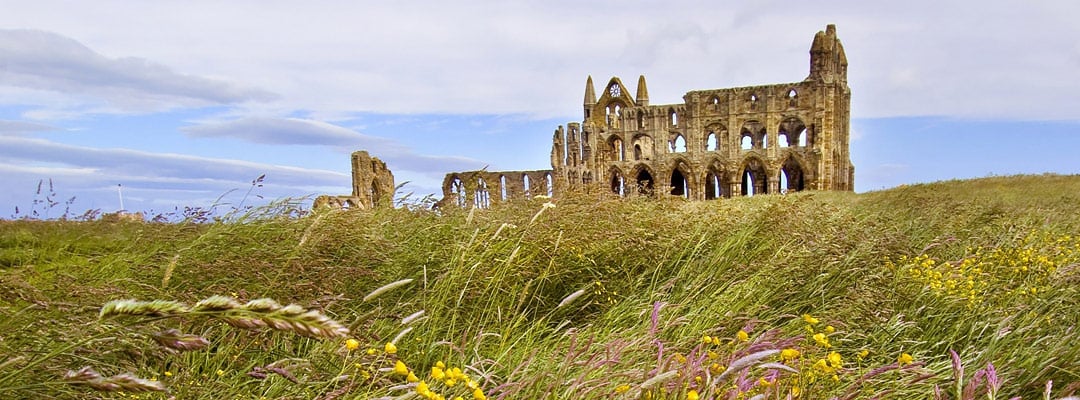
CHRISTIANS AND PAGANS
The Christian faith persisted in British society after imperial Roman rule had ended. Fifth-century Christian cemeteries and many early post-Roman inscriptions bearing Christian symbols attest to its survival.
Christianity was challenged, however, by the invading Anglo-Saxons, devotees of pagan deities like the war god Tiw, the all-powerful Woden, the thunder god Thor and the fertility goddess Frey. Though they are unwittingly remembered every Tuesday, Wednesday, Thursday and Friday, the worship of these pagan gods left little physical trace. No contemporary written sources survive to describe early pagan religious practices.
MISSIONARIES
The first Christian missionaries to the southern Anglo-Saxons were sent by Pope Gregory the Great in 597. Augustine quickly converted King Æthelberht of Kent (whose queen, Bertha, a Frankish princess, was already a Christian), before founding St Augustine's Abbey at Canterbury. About 30 years later one of his fellow missionaries, Paulinus, baptised King Edwin of Northumbria at York.
The success of Roman Christianity was no foregone conclusion, though. The kingdoms of Kent and Northumbria temporarily reverted to paganism, and King Rædwald of East Anglia simply installed an altar to Christ alongside one to Thor and Woden in his royal temple.
Christian missionaries also came from Ireland, and evangelised the Northumbrians. Their first monastery was founded on Lindisfarne in 635 by the Irish monk Aidan, under the patronage of King Oswald.
WHITBY AND BEDE
Irish (or ‘Celtic’) and Roman Christian practices were different, and their rivalry for English souls came to a head because of their two different ways of calculating the date of Easter.
At the Synod of Whitby in 664, King Oswiu of Northumbria decided once and for all to follow Roman practices. But the Celtic tradition still suffused men like St Cuthbert of Lindisfarne, the most revered saint of the Northumbrian church.
The chronicler of the early English Church was Bede (673–735), a monk of St Paul's Monastery, Jarrow. His Ecclesiastical History of the English People was vastly influential in promoting the idea of a single English nation. He recorded too the lives of saints like Hild (614–80) of Whitby Abbey, North Yorkshire, one of the royal-born abbesses who played an important role in the English Church.
DESTRUCTION AND REVIVAL
The 9th-century Viking onslaught – which laid waste to Lindisfarne, Whitby, Tynemouth Priory and many others – almost destroyed the Church in the north and east of England. But King Alfred of Wessex (r.871–99) and his successors laboured to revive it, and were soon aided by Christianised Scandinavian settlers. These were among the first to revere the holy King Edmund of East Anglia, whom their ancestors had martyred in 869.
The 10th century brought a far more thoroughgoing revival, headed by Dunstan, Archbishop of Canterbury (960–88), and continued under King Cnut (r.1016–35). Monasteries were founded or re-established, often following the Europe-wide Benedictine rule. These included Westminster Abbey in London, Muchelney Abbey in Somerset, and Deerhurst Priory in Gloucestershire, by whose gate Odda's Chapel was built in 1056.
Its builder, Earl Odda, was a relation of King Edward the Confessor (r.1042–66), himself honoured as a saint in his own lifetime. Co-operation between monarchs and clergy, together with leadership in culture and learning, had long been a hallmark of the English Church. Yet within a decade of the Norman Conquest, many of its traditions would be swept away.
More about Early Medieval England
-
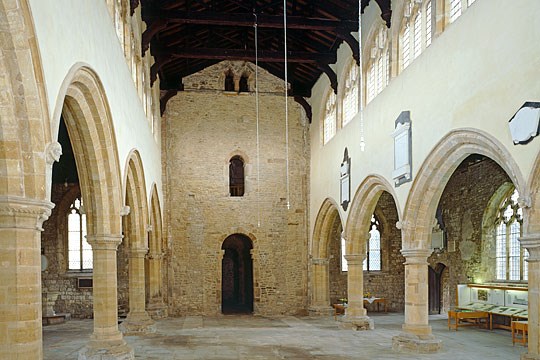
Early Medieval: Architecture
Most early medieval buildings were constructed mainly using wood, but this tradition left its mark on later stone-built churches.
-
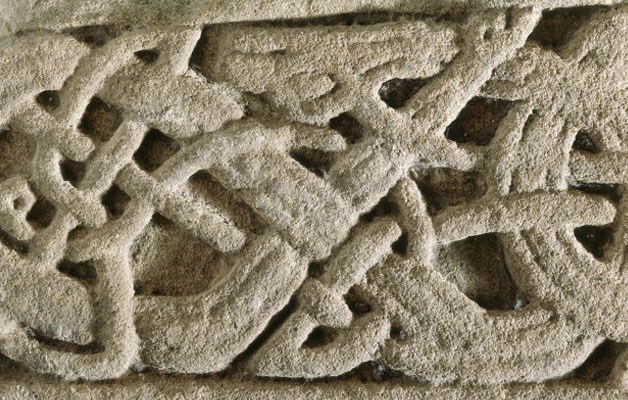
Early Medieval: Art
The early medieval period produced many examples of highly distinctive art of world-class significance.
-
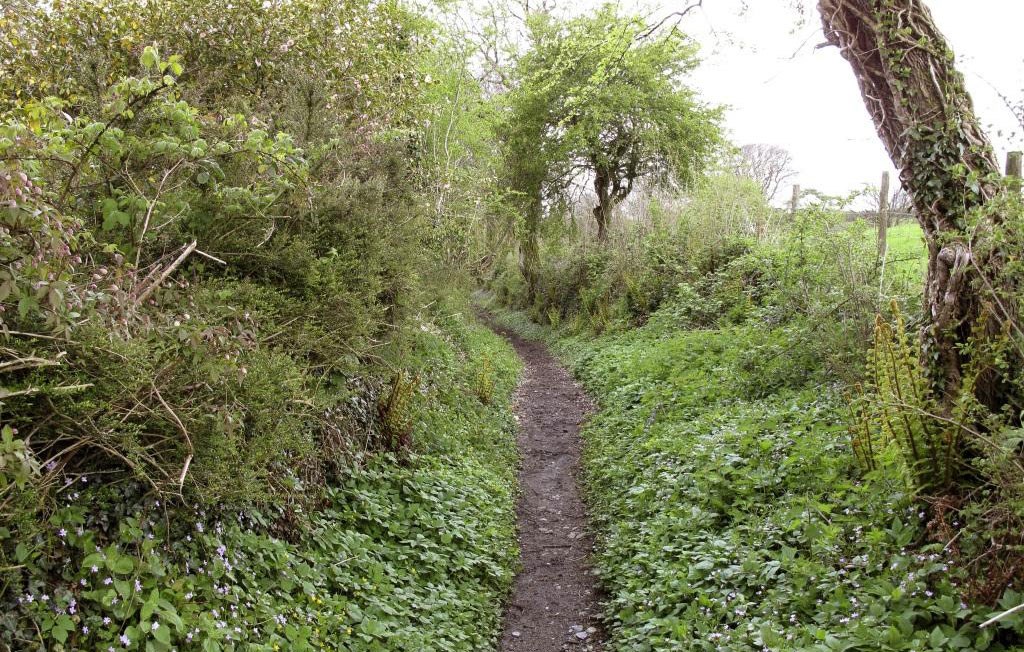
Early Medieval: Networks
Between the end of Roman rule and the arrival of the Normans, England's relationship with the wider world changed many times.
-
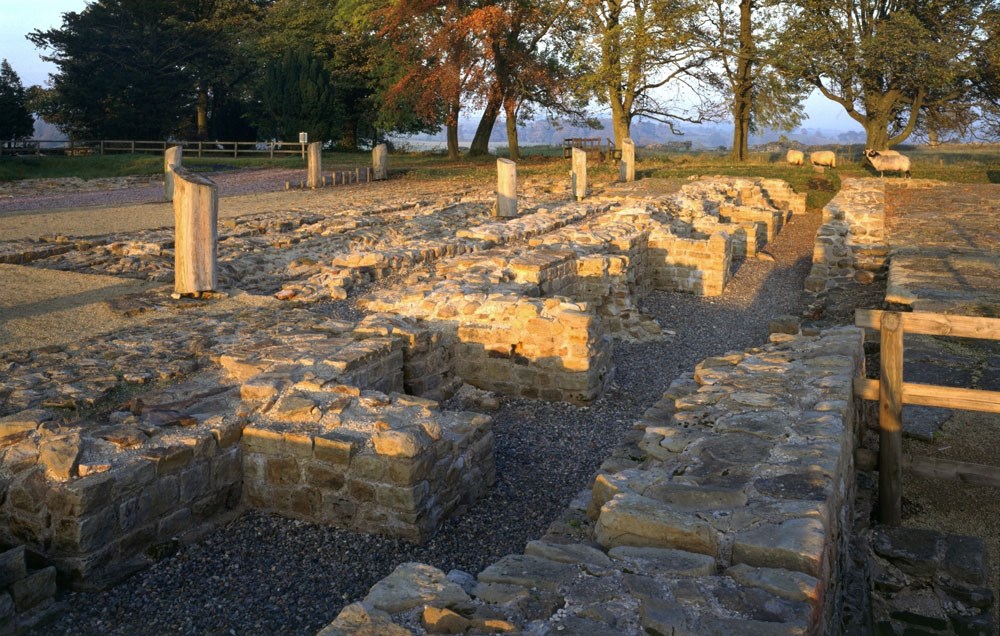
Early Medieval: Power and Politics
This period saw the evolution of a nation of warlords into a country organised into distinct kingdoms.
-
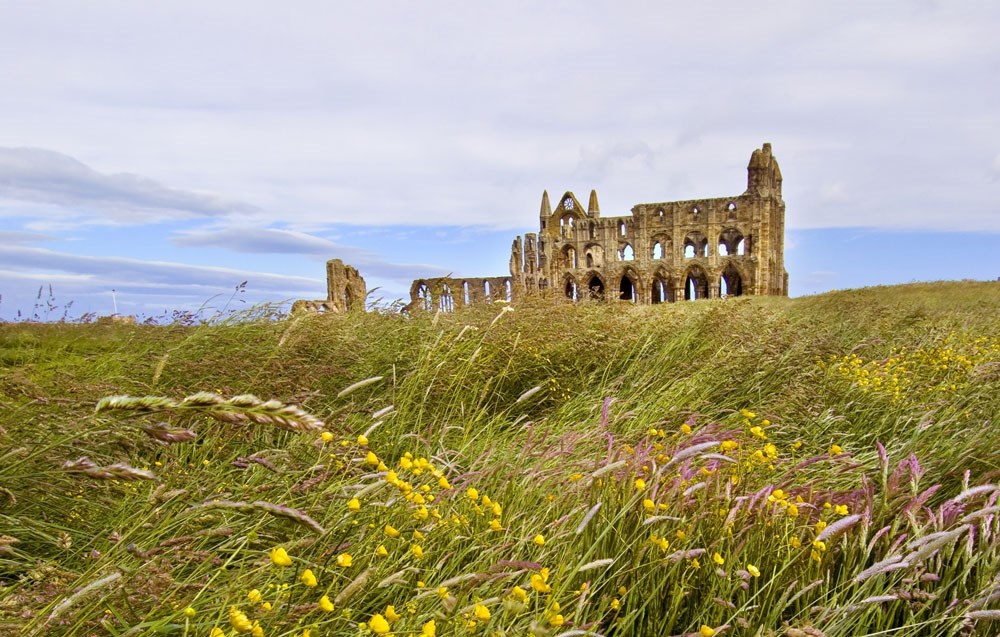
Early Medieval: Religion
Christianity in Britain tends to be associated with the arrival of St Augustine in 597, but it had in fact already taken root in Roman Britain.
Early Medieval Stories
-
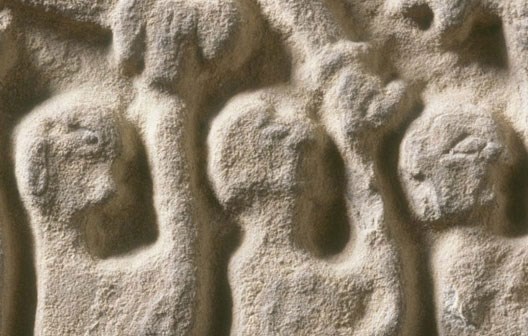
The Viking Raid on Lindisfarne
A devastating Viking attack on the church of St Cuthbert in 793 sent a shockwave through Europe. But how did a Christian community at Lindisfarne survive?
-
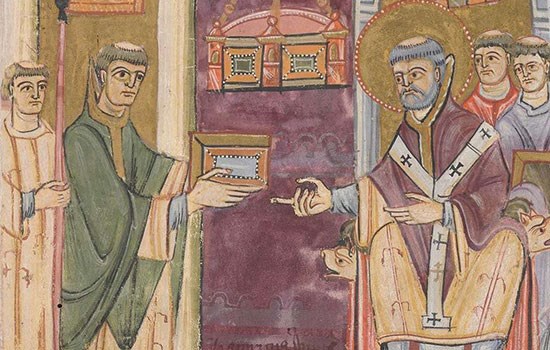
Who Was St Augustine?
In the late 6th century, a man was sent from Rome to England to bring Christianity to the Anglo-Saxons. But who was St Augustine, and how did his mission succeed?
-
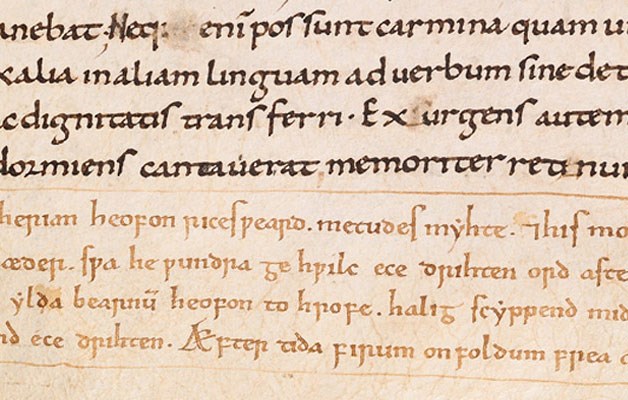
Caedmon, Whitby and Early English Poetry
How Cædmon’s poetic awakening, at the monastery that lies beneath Whitby Abbey, produced one of the first fragments of English verse.
-
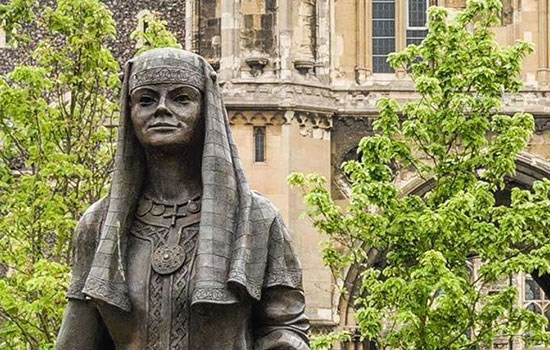
Queen Bertha: A Historical Enigma
In 597, St Augustine arrived in England to convert the Anglo-Saxons to Christianity. Virtually every modern description of this mission mentions Queen Bertha of Kent. But who was Bertha?
-
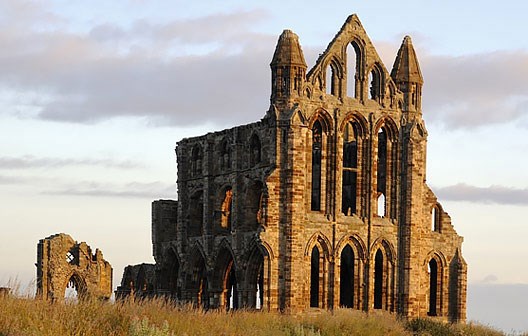
The Synod of Whitby and the Keys of Heaven
How a decision about the way in which the date of Easter should be calculated was a landmark in the history of Christianity in England.
-
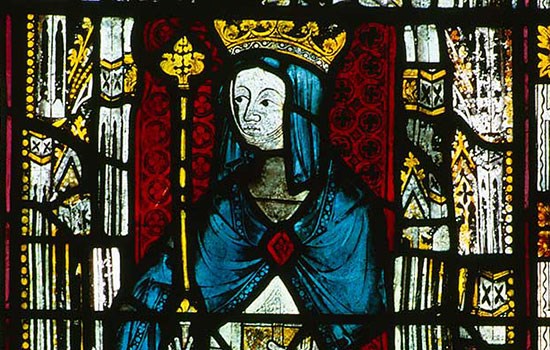
St Hild of Whitby
Hild is a significant figure in the history of English Christianity. As the abbess of Whitby, she led one of the most important religious centres in the Anglo-Saxon world.
-
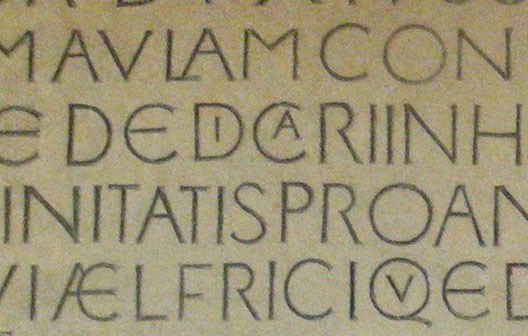
Two Happy Accidents Reveal Odda’s Chapel, Deerhurst
How the chance discovery of a chapel in Gloucestershire has proved crucial to our understanding of Anglo-Saxon architecture.
